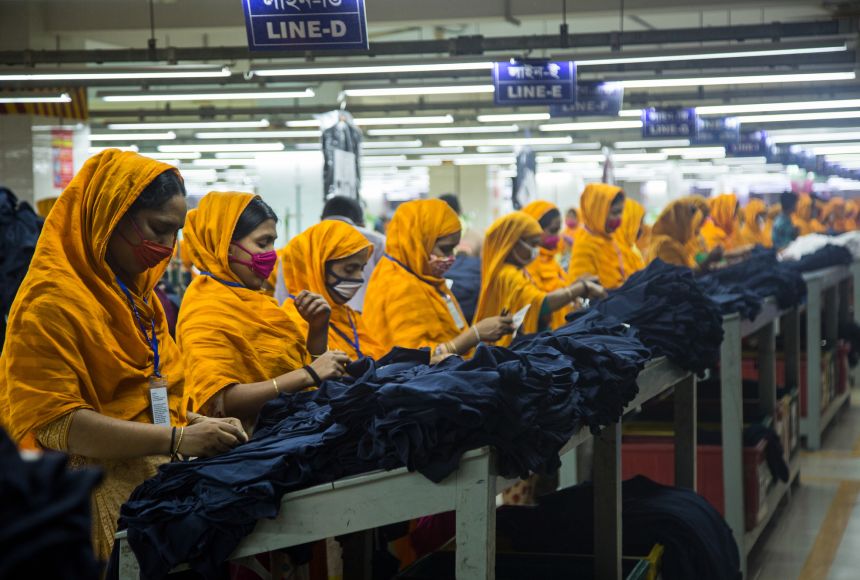Globalization is the connection of different parts of the world. The term is most often used in relation to economy, the level of business activity, and availability of jobs.
Globalization is also related to economics, the study of how money and wealth are produced and used. Globalization is the process in which businesses, organizations, and countries begin operating on an international scale.
In general, globalization has improved people's lives in developing countries, countries that are still growing. Globalization has been shown to improve people's standard of living, the level of wealth and comfort they enjoy. However, some experts warn that globalization can sometimes have a painful effect on developing countries.
A Historical View
Globalization is not new. People have always traded goods with their neighbors. As cultures advanced, people were able to travel farther away to trade their goods for desirable products found elsewhere.
The Silk Road is an example of early globalization. It was an ancient network of trade routes used between Europe, North Africa, East Africa, Central Asia, South Asia, and East Asia. For more than 1,500 years, Europeans traded glass products and manufactured goods for Chinese silk and spices.
Another example of globalization is the Triangular Trade network. The Triangular Trade network was part of the transatlantic slave trade. Ships carried manufactured goods from Europe to Africa, and then forcibly brought enslaved Africans to the Americas. Raw materials, like sugar, tobacco, and cotton, were taken from the Americas back to Europe where they were made into products. These products were then brought back to Africa and the cycle continued. The resulting spread of slavery shows how globalization can also truly hurt people.
The rate of globalization has increased in recent years as a result of advancements in communication, transportation, and information technology. Companies can more easily expand to other countries. Money can be transferred quickly across national borders. Improved rules within countries and international trade agreements between countries also ease globalization.
Benefits of Globalization
Globalization provides companies with a competitive advantage. They can obtain inexpensive raw materials and pay lower wages to workers in developing countries. At the same time, they use the technical expertise and experience of more developed countries.
With globalization, different parts of a product may be made in different regions of the world. The making of a car is a good example. Even the making of products that seem simple, like cotton T-shirts, often involves businesses in several countries.
Globalization affects services, too. Many businesses located in the United States have outsourced their customer support call centers to companies in India. Some U.S. car companies relocated their operations to Mexico, where labor costs are lower. This move was possible as part of the North American Free Trade Agreement (NAFTA). NAFTA is a trade agreement between the United States, Canada, and Mexico.
The result is more jobs in countries where jobs are needed. Increasing jobs in these countries can have a positive effect on businesses and result in a higher standard of living.
China is a great example of a country that has benefited immensely from globalization. Another example is Vietnam, where globalization has contributed to an increase in the prices for rice. As a result, many poor rice farmers in Vietnam were lifted out of poverty. More children of poor families left work and returned to school.
Consumers benefit, too. In general, globalization decreases the cost of making the products. As a result, companies can offer goods at a lower price to consumers. Consumers also have access to a wider variety of goods.
Downsides
Not everything about globalization is positive. Any change has winners and losers. Practically, workers in the developed world must compete with workers in other countries where salaries are lower.
The situation is more complex in the developing world, where working conditions may be very difficult. In Bangladesh, the average factory worker earns less in a month than a U.S. worker earns in a day. Work opportunities may cause children of poor families to leave school. According to critics, globalization creates an environment that takes advantage of workers in these countries.
Studies also suggest that globalization may increase the gap in income of educated and less-educated members of a society. This is also known as income inequality.
Into the Future
Regardless of the downsides, globalization is here to stay. The result is a smaller, more connected world. Socially, globalization has enabled the exchange of ideas and cultures, in some ways contributing to a world view in which people are more open and tolerant of one another.

